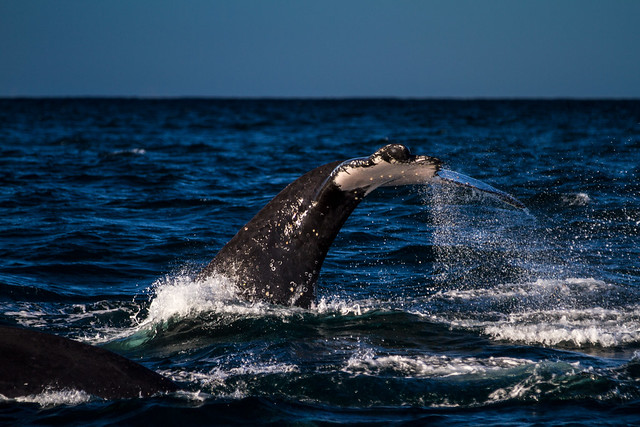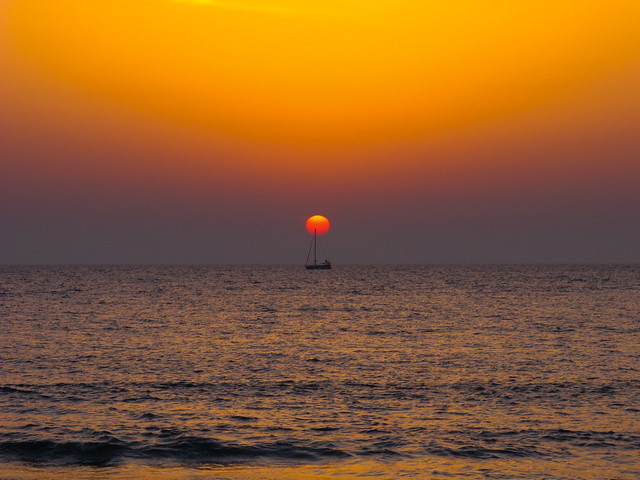From our base in Matsumoto [confusion.cc], we made our way by train by train to Nagano [wikipedia.org] bus and then on foot through the snow to Jigokudani Monkey Park [wikipedia.org] in Yamanouchi [wikipedia.org]! To see the world-famous snow monkeys, lounging in the Onsen:

It was bitterly cold, around -10° C. And very atmospheric with steam rising from the various hot springs along “Hell’s Valley” (Jigokudani). our first sighting of the monkeys was foraging in the snow near the visitors center at the apex of a, very slippery, two kilometer walk through the woods. Despite the cold and snow there were a number of visitors, many with impressively large cameras and zoom lenses determined to get great close up shots of the monkeys. After taking our turn with the monkeys near the visitors center we walked on to the actual hot spring. It was a bit of a letdown when we first saw it:

It’s a man-made bath for the monkeys. Also according to Wikipedia the monkeys only started to use the onsen in 1963. Proof of evolution? I think so. I guess the nice setup for photographers was made later in support of the Japanese obsession with photography.
We also visited Nagano itself, though this was on a different day due to how short the days were. We didn’t do much since it was the off-season, just wandered around Zenkō-ji and its surrounding building. Including at least two trips through the pitch black, and freezing cold, corridor under the main hall in an apparently fruitless attempt to gain entrance to paradise.
You can see the rest of the Nagano and Yamanouchi, Japan, February 2014 photoset on Flickr [flickr.com].







